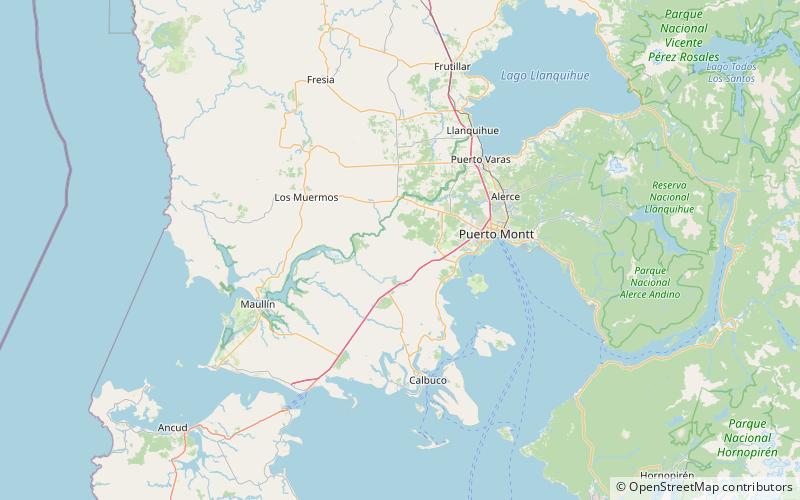Monte Verde


Facts and practical information
Monte Verde, an archaeological site nestled in the lush greenery of southern Chile, offers a fascinating glimpse into the lives of ancient peoples who once thrived in the region. Discovered in the late 1970s by an American anthropologist, Tom Dillehay, the site has since rewritten the history of human settlement in the Americas. Radiocarbon dating indicates that Monte Verde was inhabited as early as 14,500 years ago, which challenges the widely-accepted belief that the Clovis people, with evidence dating back to around 13,000 years ago, were the first to settle the continent.
The significance of Monte Verde lies not only in its age but also in the remarkable state of preservation of the organic materials found there, which is rare for sites of such antiquity. Excavations have unveiled a wealth of artifacts, including wooden tools, remnants of dwellings, and even food remains that offer insight into the diet and lifestyle of its early inhabitants. These discoveries suggest that the settlement was home to a small group of hunter-gatherers who lived in a wetland environment, making use of the rich biodiversity for sustenance.
The site's layout, with evidence of a central hearth, structures possibly used for communal activities, and a variety of plants and animals, indicates a level of social organization and environmental adaptation that is quite advanced for its time. The findings at Monte Verde have led to a reevaluation of migration theories, as they suggest that human populations moved down the western coast of the Americas earlier than previously thought, and with a level of sophistication that allowed them to thrive in different ecosystems.
